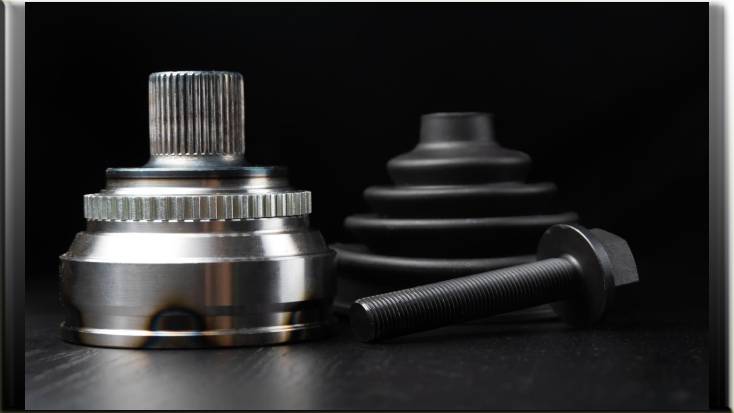Table of Contents
Introduction
Actuators are a part of a device or machine that assists it in achieving physical movements by transforming energy, often electrical, air, or hydraulic, into mechanical force. Basically, it is the component in any machine that empowers action.
As muscles in a human body enable energy to be transformed into motion, like the movement of arms or legs, actuators work in a machine to perform a mechanical action. Actuators exist in almost every machine around us, from simple electronic access control systems, the vibrator on your mobile phone & household appliances to vehicles, industrial devices, and robots.
What Actuators Consists of?
Characteristically, an actuator consists of:
- Energy source: Energy sources deliver actuators with the ability to do work. Additionally, Actuators pull electrical or mechanical energy from external sources to carry out their operation.
- Power Converter: If the energy source attached to the actuators is unregulated, it requires some additional apparatus to regulate it and convert it into a form suitable for the actuation action.
- Controller: In addition to empowering the operation of the power converter, a control unit is responsible for generating electrical/control signals.
- Load: The mechanical system attached to the actuator that uses the motion of the actuator is the load. Features like force/torque & speed are carefully tweak before interfacing an actuator with the load.
Classification of Actuators:
Importantly, the most seeming and primary classification of actuators based on the motion is as follows:
- Rotatory Actuators provide circular motion at their output can be classified under the category of rotary actuators.
- Linear Actuators can provide motion in a straight line at their output can be classified under the category of linear actuators.
Classification based on the energy source:
- Electromagnetic Actuators make use of electrical energy and magnetic fields to perform actuation.
- (AC & DC Servo Motor)
- (Stepper Motor Actuators)
- (Solenoid Actuators)
- Fluid Power Actuators make use of liquids or gasses, which are called fluid power actuators.
- Hydraulic Actuators
- Pneumatic Actuators
- Mechanical Actuators are used to interconvert rotary and linear motion in machines.
- Thermal Actuators make use of materials that expand or contract by the application of heat.
Pros & Cons of Actuators:
Each of the classified Actuators has its respective pros & cons. One can access such information on the internet if needed.
Conclusion
Eventually, actuators are essential components of modern technology, enabling the conversion of electrical, hydraulic, pneumatic, or mechanical signals into physical motion or action. These devices play a vital role in various industries, from manufacturing and robotics to automotive and aerospace, enhancing precision, efficiency & automation.
Moreover, Actuators have evolved significantly, incorporating advanced materials and technologies, such as piezoelectric ceramics and smart sensors, to achieve greater accuracy and responsiveness. As the demand for automation & innovative systems continues to grow, actuators will remain at the pole position of innovation, powering the machines and mechanisms that characterize our daily lives and the industries that drive our global economy.

